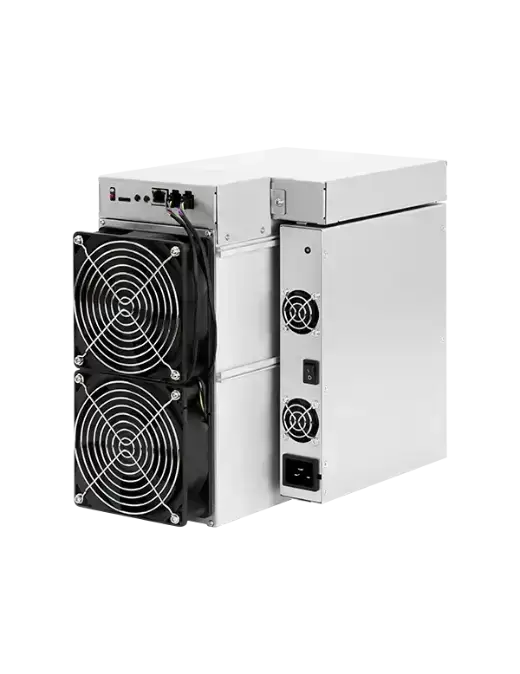- TrueNAS CORE + Supermicro CSE-847BE1C4-R1K23LPB
- Qumulo General Purpose License + 4x Supermicro A+ ASG-1014S 216TB-2X25GbE
- Qumulo General Purpose License + 4x Supermicro A+ ASG-1014S 96TB-2X25GbE
- Qumulo Active License + 4x Supermicro A+ ASG-1014S 240TB
- Qumulo Active License + 4x Supermicro A+ WIO 1114S-WN10RT All-NVMe 153TB
- see more























